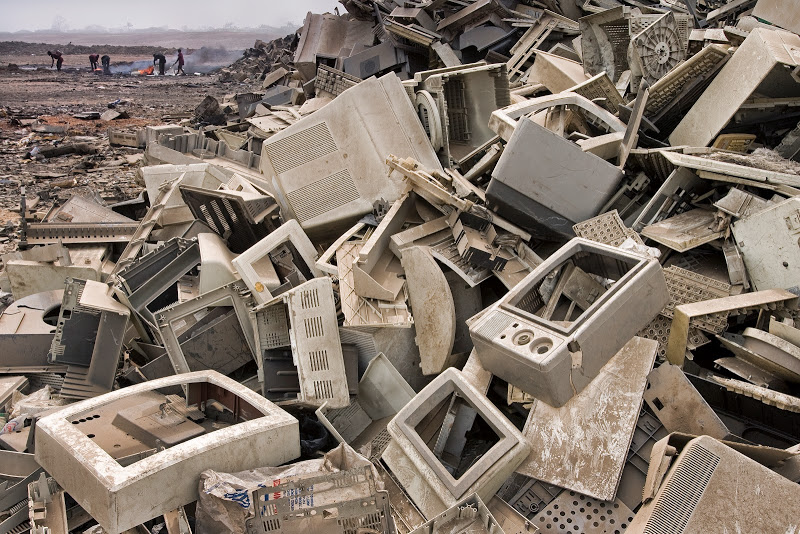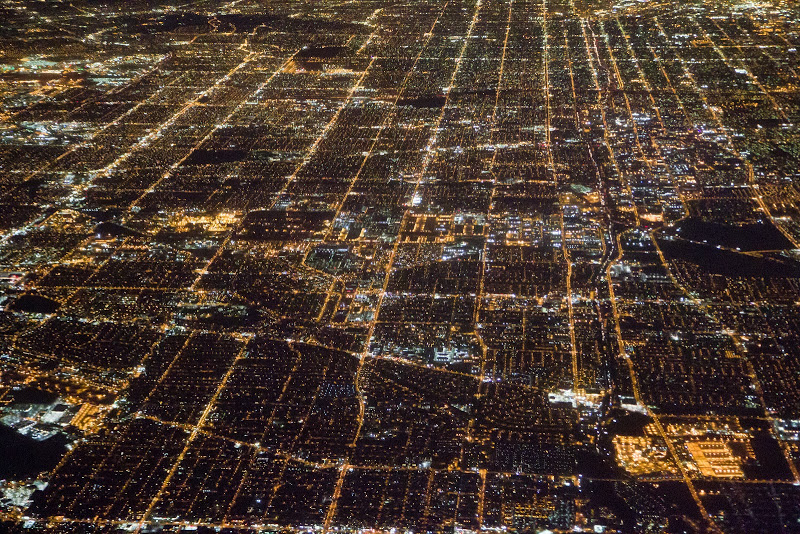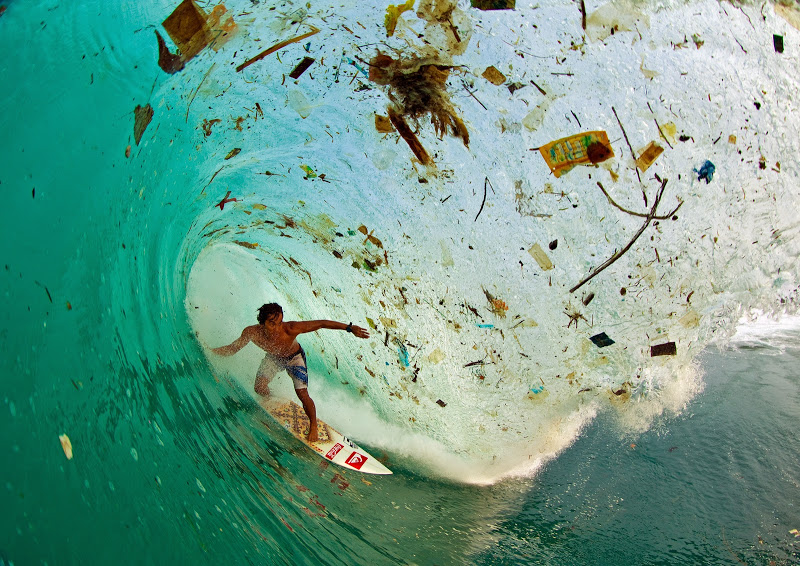What Humans Are Really Doing to Our Planet, in 19 (+1 I added) Jaw-Dropping Images
LIKE MIC ON FACEBOOK:
Last week, Pope Francis and church officials
encouraged everyone to consume less and think
more about our impact on the environment.
It's a timely warning because the next six months
will be critical to our future.
Ahead of a series of major events later this year,
The Foundation for Deep Ecology and the Population
Media Center released a collection that illustrates the
devastating effects of out-of-control growth and waste,
and it's breathtaking.
"This is an issue that people care about, and oftentimes
it's just not discussed by mainstream media,"
Missie Thurston, director of marketing and
communications at the Population Media Center, told Mic.
It's difficult to always know the impacts of our daily choices,
like the real effect of buying a bottled water or an extra
TV or laptop. With 220,000 more people on the planet
every day, and the average person generating over
4 pounds of waste a day — an almost 60% increase
since 1960 — the impact of that growth and change
in behavior is rarely seen like this.

Electronic waste, from around the world, is
where locals break apart the electronics f
or minerals or burn them.

Mexico City, Mexico, one of the most populous
cities in the Western Hemisphere.

New Delhi, India, where many landfills are
reaching a breaking point. The surrounding population
of Delhi totals some 25 million people.

Los Angeles, California, which is famous for
sometimes having more cars than people.

Kern River oil field, California, USA.

Former old-growth forest leveled for reservoir development,
Willamette National Forest, Oregon, per the

Coal power plant, United Kingdom. The tall center
structure is a stack from the plant, while the
surrounding structures are its cooling towers.

North East Land, Svalbard, Norway, where rising
global temperatures are fundamentally changing
the ecology.

The world's largest diamond mine, Russia.

Amazon jungle burns to make room for grazing
cattle, Brazil.

Tar sands and open pit mining in an area so vast,
it can be seen from space. Alberta, Canada.

Tires discarded in Nevada.

Vancouver Island, Canada.

Industrial agriculture in Almeria, Spain, stretches
for miles.

Tar sands, Alberta, Canada.

A man turns away from the smell of the Yellow
River in China.

Bangladesh, where much of the world's clothing
and goods are manufactured.

Black Friday, Boise, Idaho.

A remote bay in Java, Indonesia, where local
residents, without infrastructure for waste disposal,
discard waste directly into streams and rivers.

Great Pacific Garbage Patch
The rest of the year is going to be critical. In September,
world leaders will try and agree on sustainable
development goals that will take us through 2030.
In December, in Paris, the United Nations will
attempt to finally set binding limits on pollution.
2015 will dictate how we address our degrading
planet over the next few decades.
The Population Media Center and partners hope these
photos will help generate awareness and action.
Because as the word spreads, so does the will to
make sure we never have to see images like these again.
Correction: May 7, 2015
An earlier version of this article included an image
An earlier version of this article included an image
by photographer Daniel Dancer that attributed the
scene to industrial logging in Oregon's Willamette
National Forest. The image depicted a reservoir
created by the Army Corps of Engineers in the 1950s.


























No comments:
Post a Comment